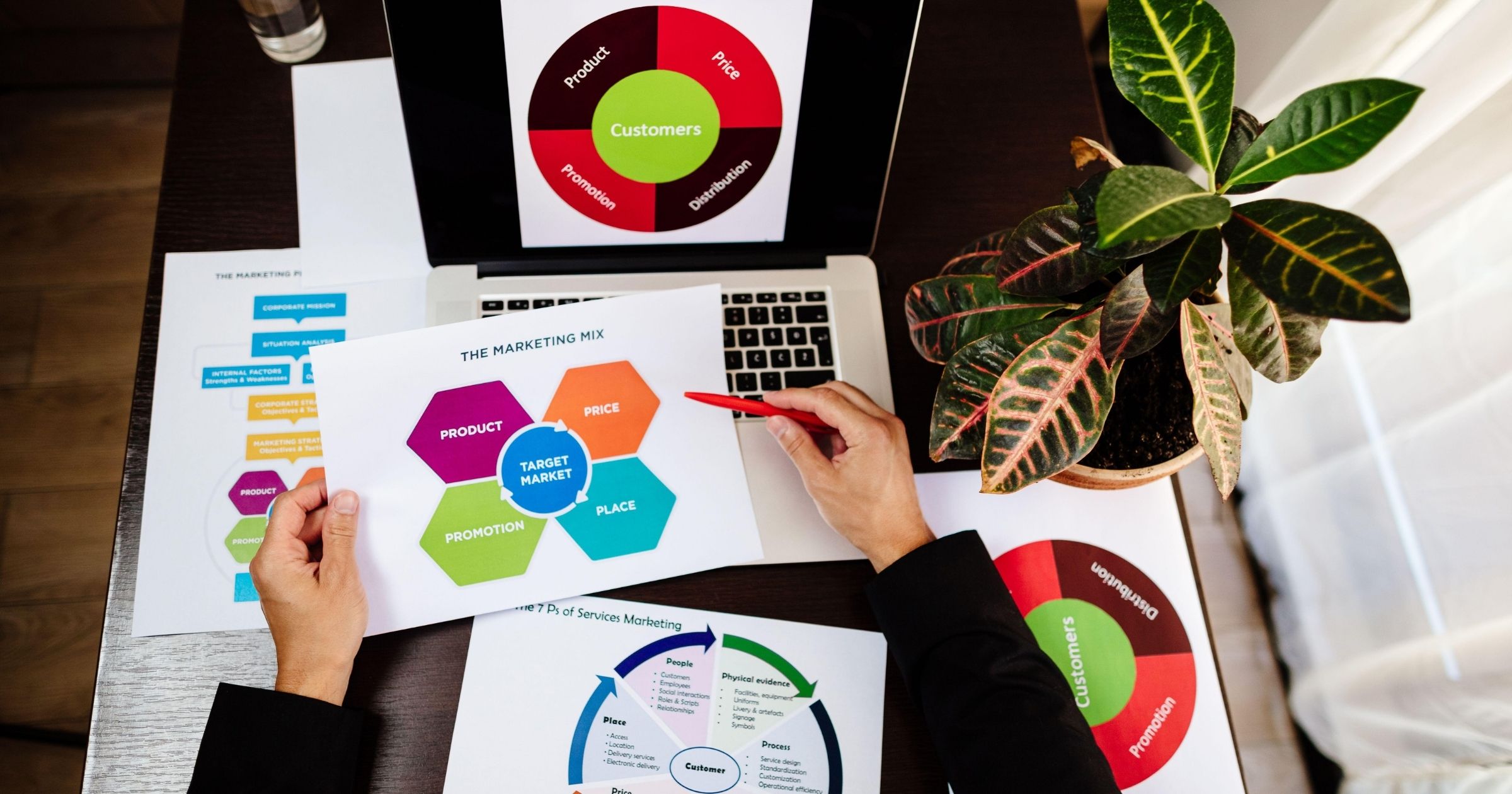Security Matters: 5 Must-Do Items
I was honored when Raymond "Bud" Geissler (SYTA Youth Foundation treasurer) and the Student & Youth Travel Association invited me to present at the 2014 SYTA Summit in Puerto Rico. According to TSA News, infringement of passengers' civil rights is one of the most controversial and unpleasant aspects of travel, and is extending to bus and train systems, as well. The Transportation Security Administration detains and conducts searches on citizens at bus and railroad stations, ferries, tunnels, ports, subways, truck weigh stations, rest areas, and special events. My presentation? Security Matters: 5 Must-Do Items.
- Planning. Take time to plan your trip from start to finish. Part of the process is for you to do a background check on the group that contracted you. One easy way is to Google the school or group name. See if anything stands out, as far as negative publicity. Know why the group is traveling and research what the group stands for or represents. If possible, conduct an advance visit to the destination. High-risk destinations could be defined by anywhere there is a large number of people or government landmarks. Use Google Earth to educate yourself on the surrounding areas. You'll want to locate hospitals/trauma centers and police departments. Reach out to local authorities to see if there's been any negative contact with the group you're transporting. Once at your destination, have three evacuation routes planned.
- Communication. Always be in communication with your office, and update them on your location. Keep a list of names, cellphone numbers, and emergency contact numbers of all students and clients, as well as phone numbers for all hospitals and police departments within the area you're visiting or may pass through.
- Know your limitations. Be aware of your safety and comfort levels, and prepare appropriately. For example, take extra security staff if the situation or location warrants doing so.
- Acclimate yourself to your surroundings. Be aware of any risks. What support could you expect from your organization, and what are your responsibilities? Use common sense regarding situational awareness and personal security, which may save your life. "See something? Say something." Criminals look for easy targets. To avoid being a target when traveling, keep personal items secure and do not walk anywhere alone. Pay attention to your surroundings—including the people sitting around you. Look for landmarks or anything that stands out. Pay attention to things such as clothing, accents, symbols, eye color, height, stature, and so on. Things happen quickly, so stay calm and focused.
- Mitigation. This is the effort to reduce loss of life and property by lessening the impact of disasters. Mitigation is taking action now—analyzing risk, reducing risk, insuring against risk—before the next disaster, to reduce human and financial consequences later. Effective mitigation requires that everyone understands local risks, addresses the hard choices, and invests in long-term community well-being. Without mitigation actions, we jeopardize our safety, financial security, and self-reliance.
Written by Joseph D. Kozarian, SRO, EMT, the director of school police/facilities management for Brentwood Borough School District in Brentwood, Pennsylvania.



